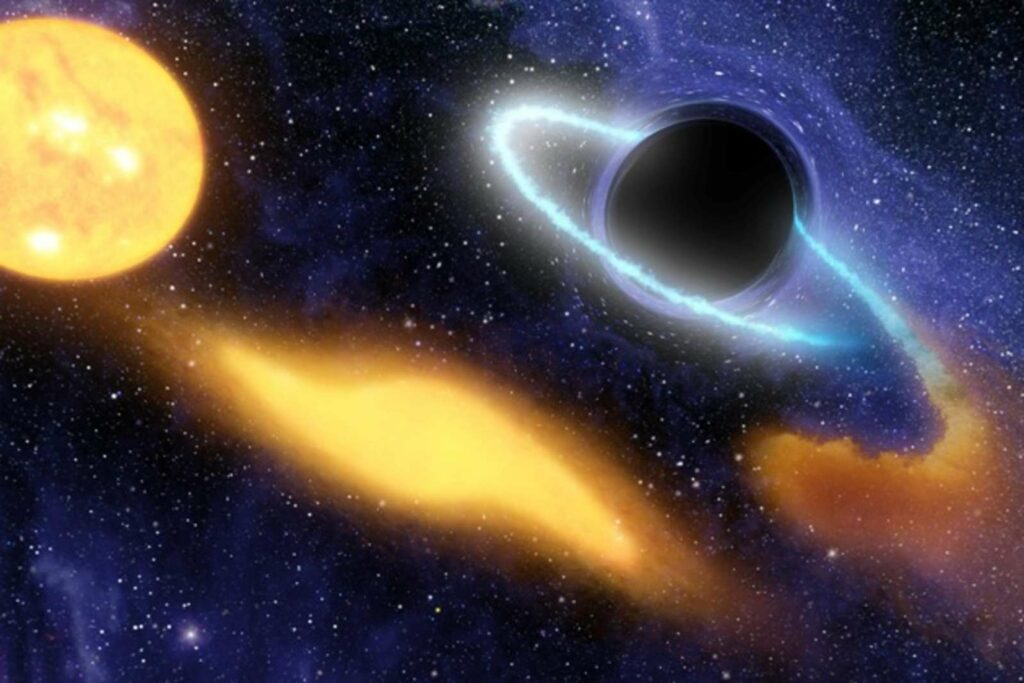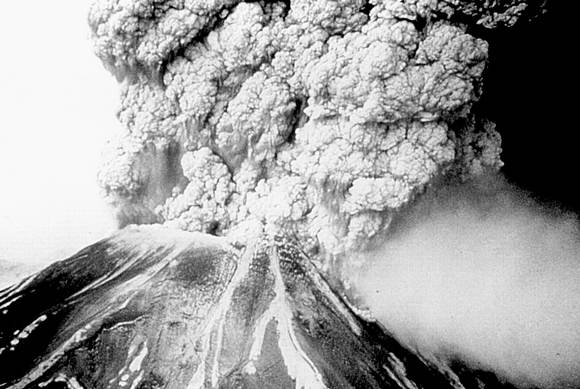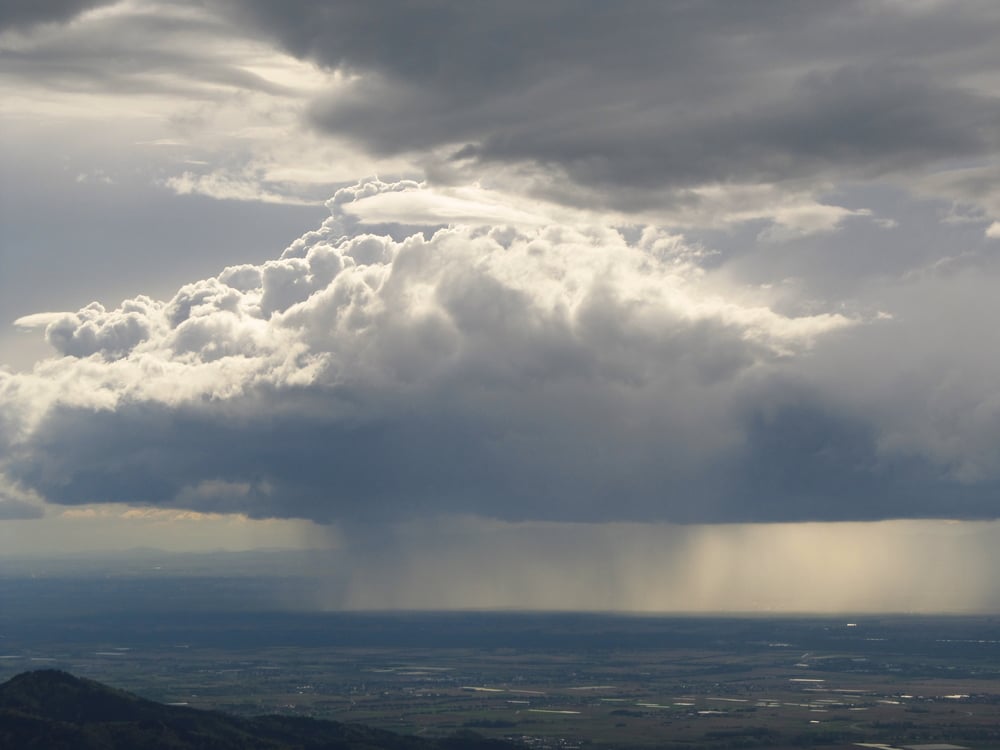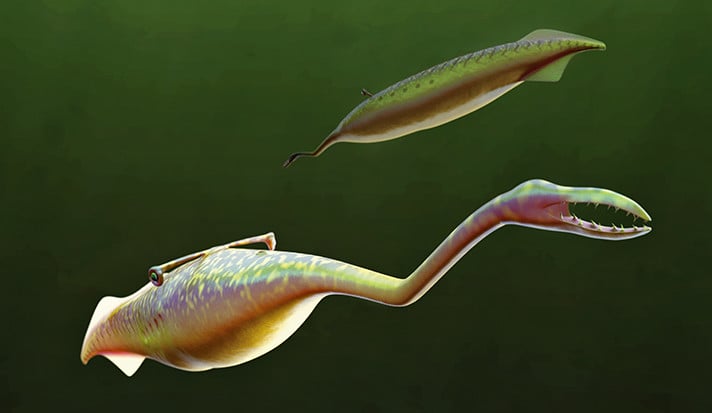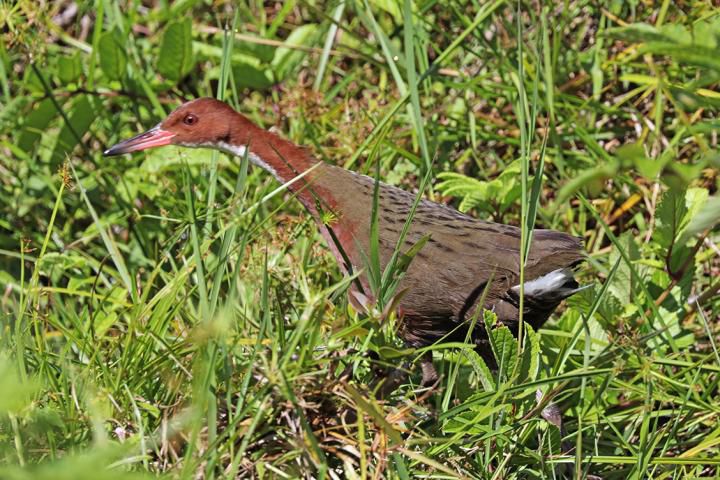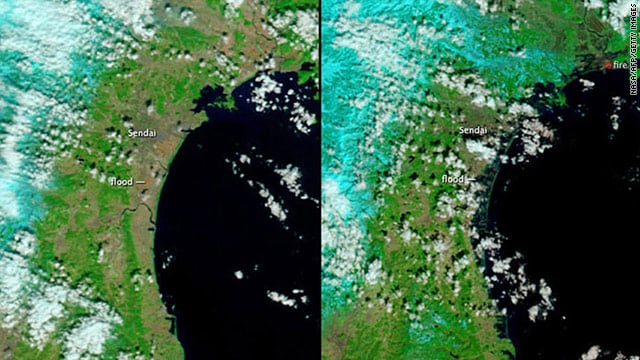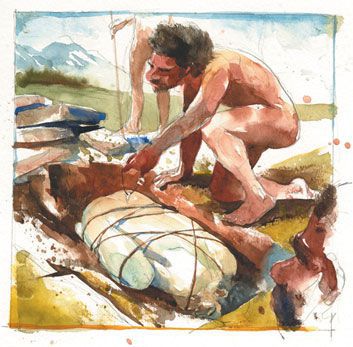Who First Proposed the Idea of Black Holes?
A black hole is a region of spacetime where gravity is so strong that nothing can escape. Even particles or electromagnetic radiation like light can leave. According to a general relativity theory, a sufficiently compact mass can deform spacetime to form a black hole. But do you know who conceptualized the existence of a black […]
Who First Proposed the Idea of Black Holes? Read More »
